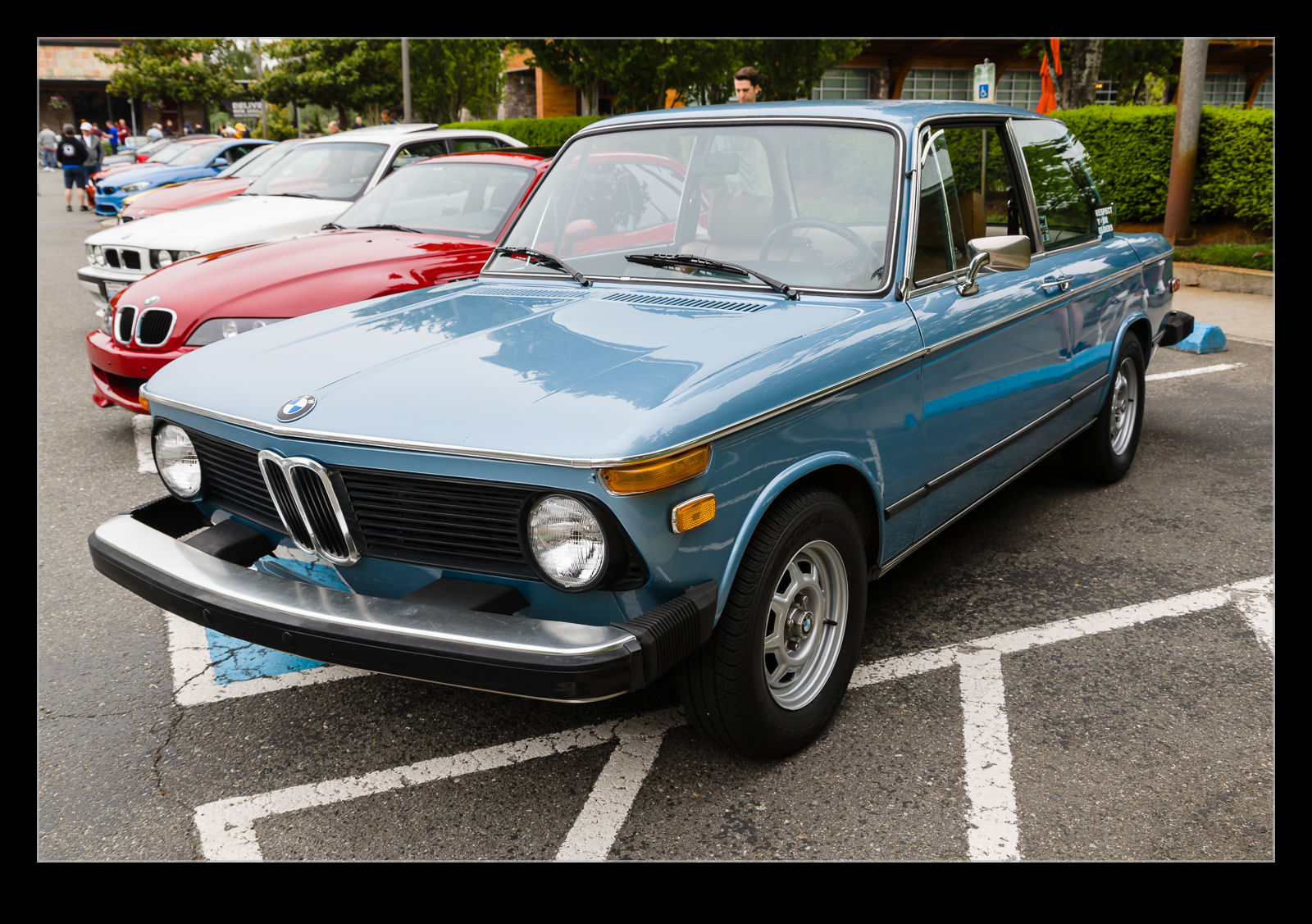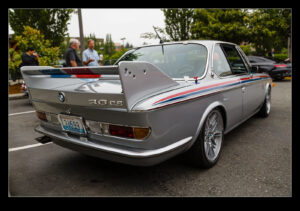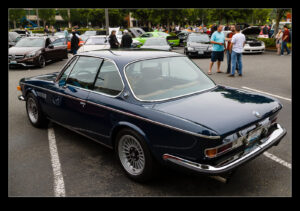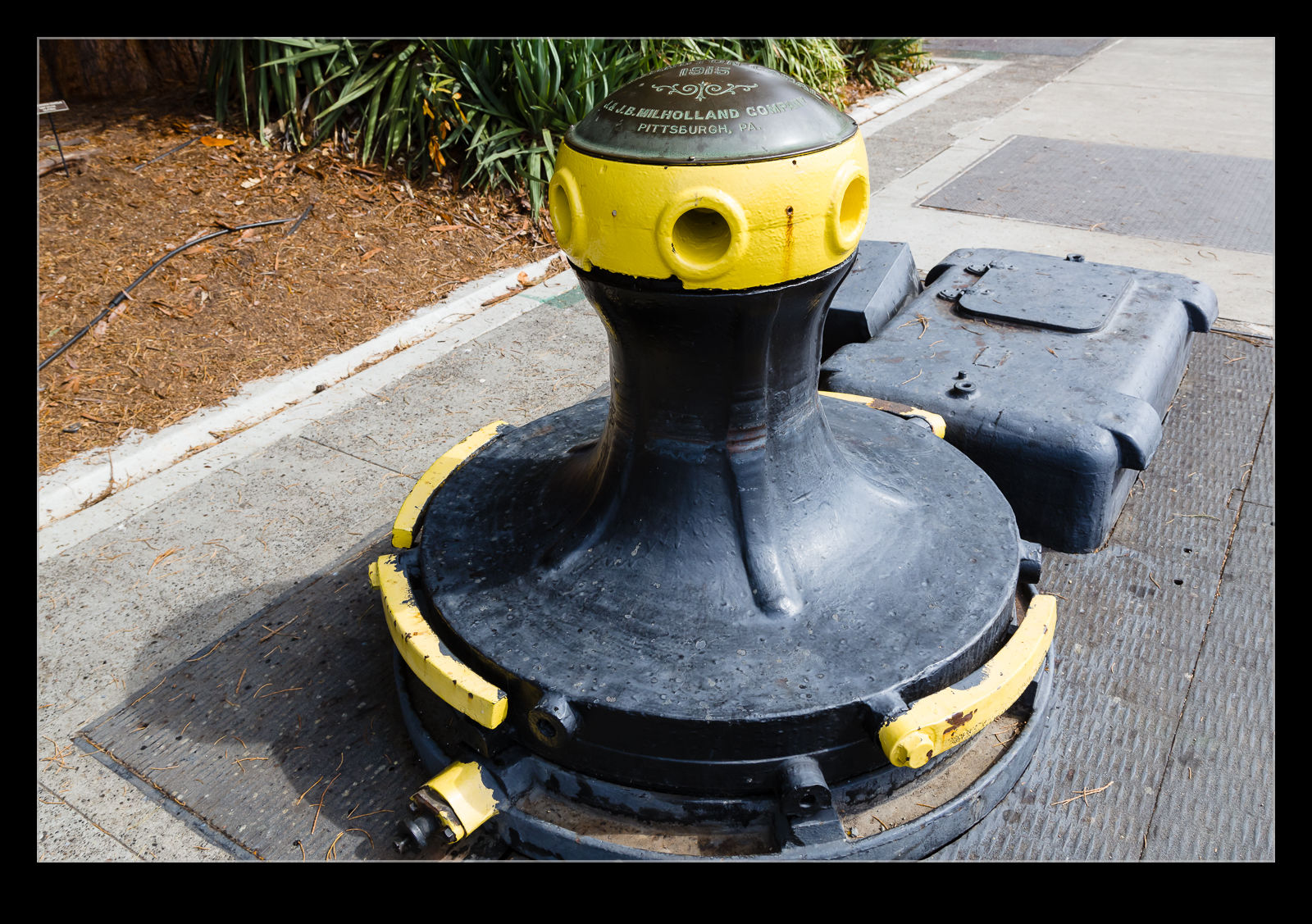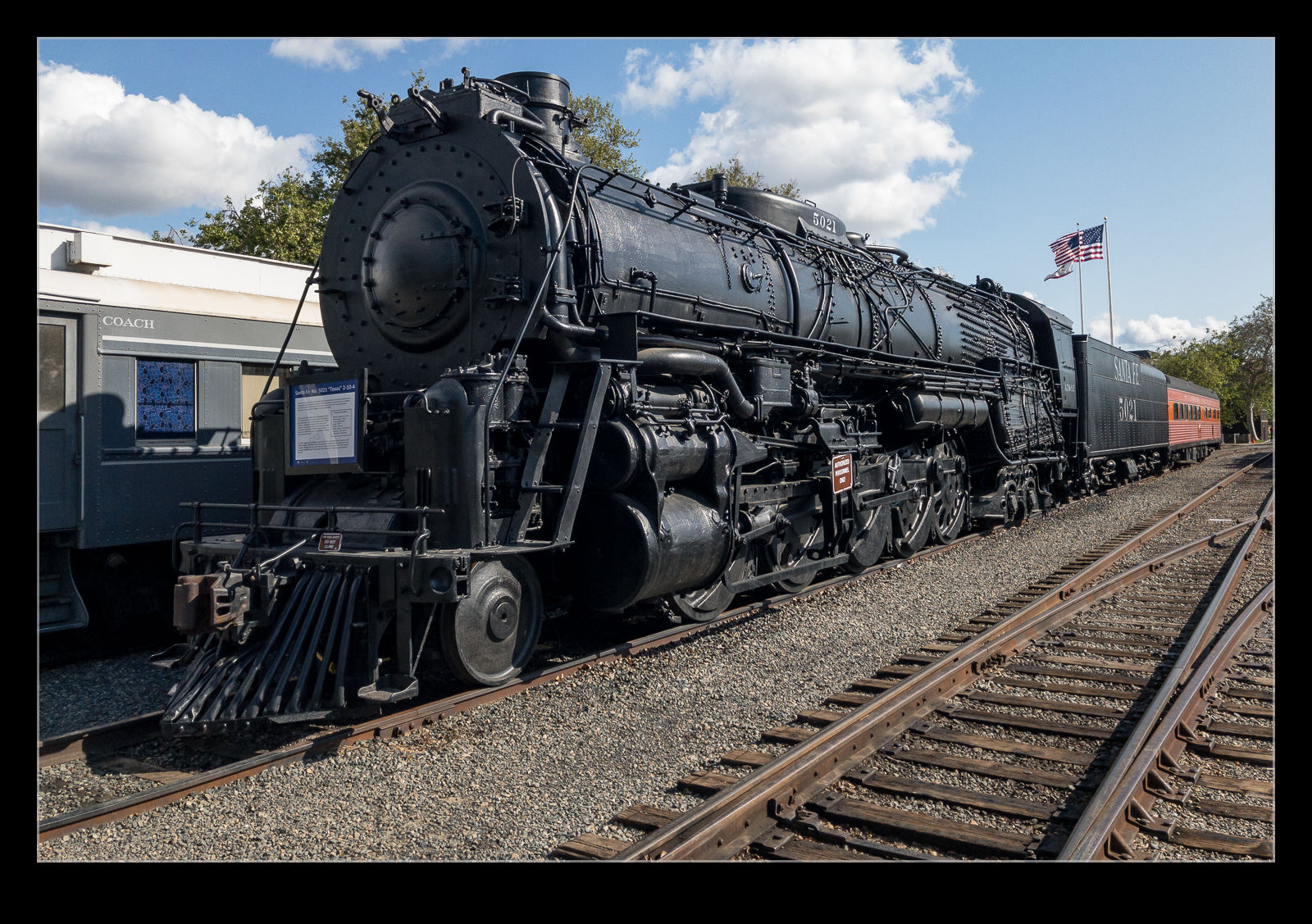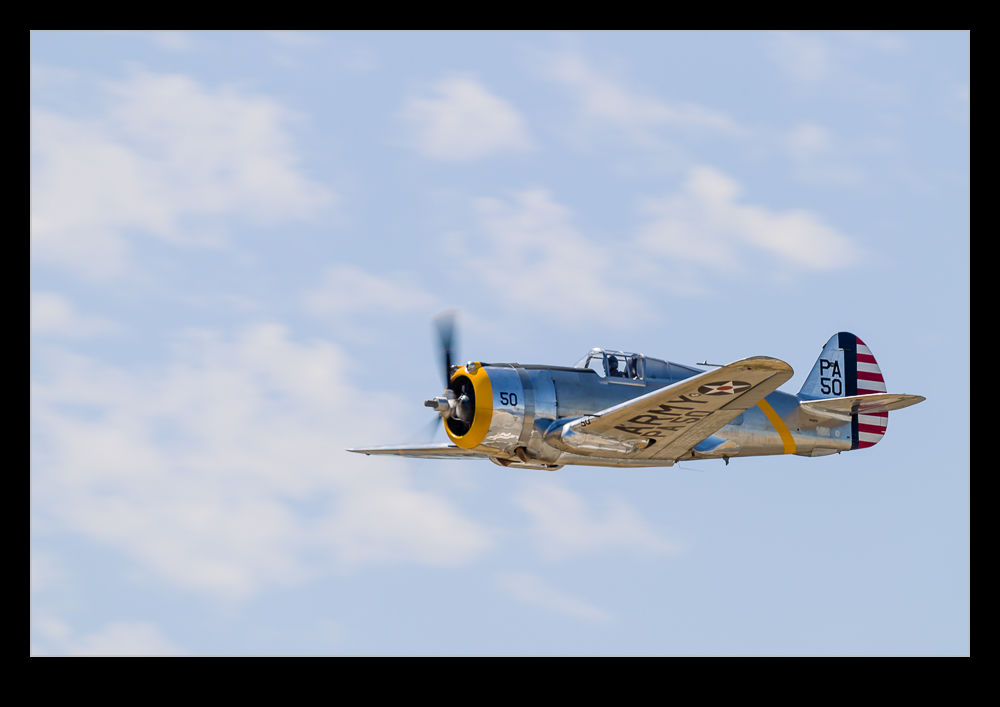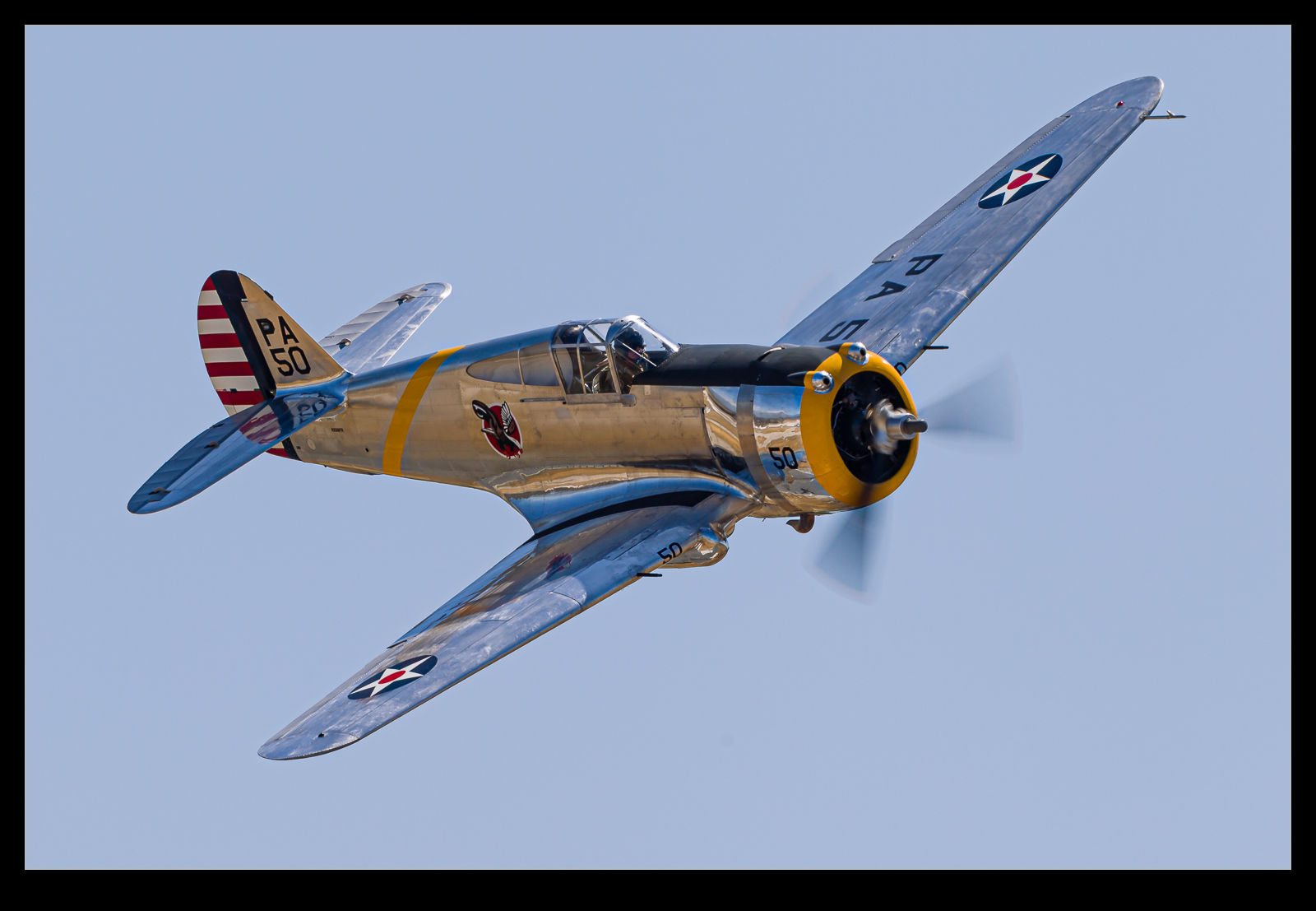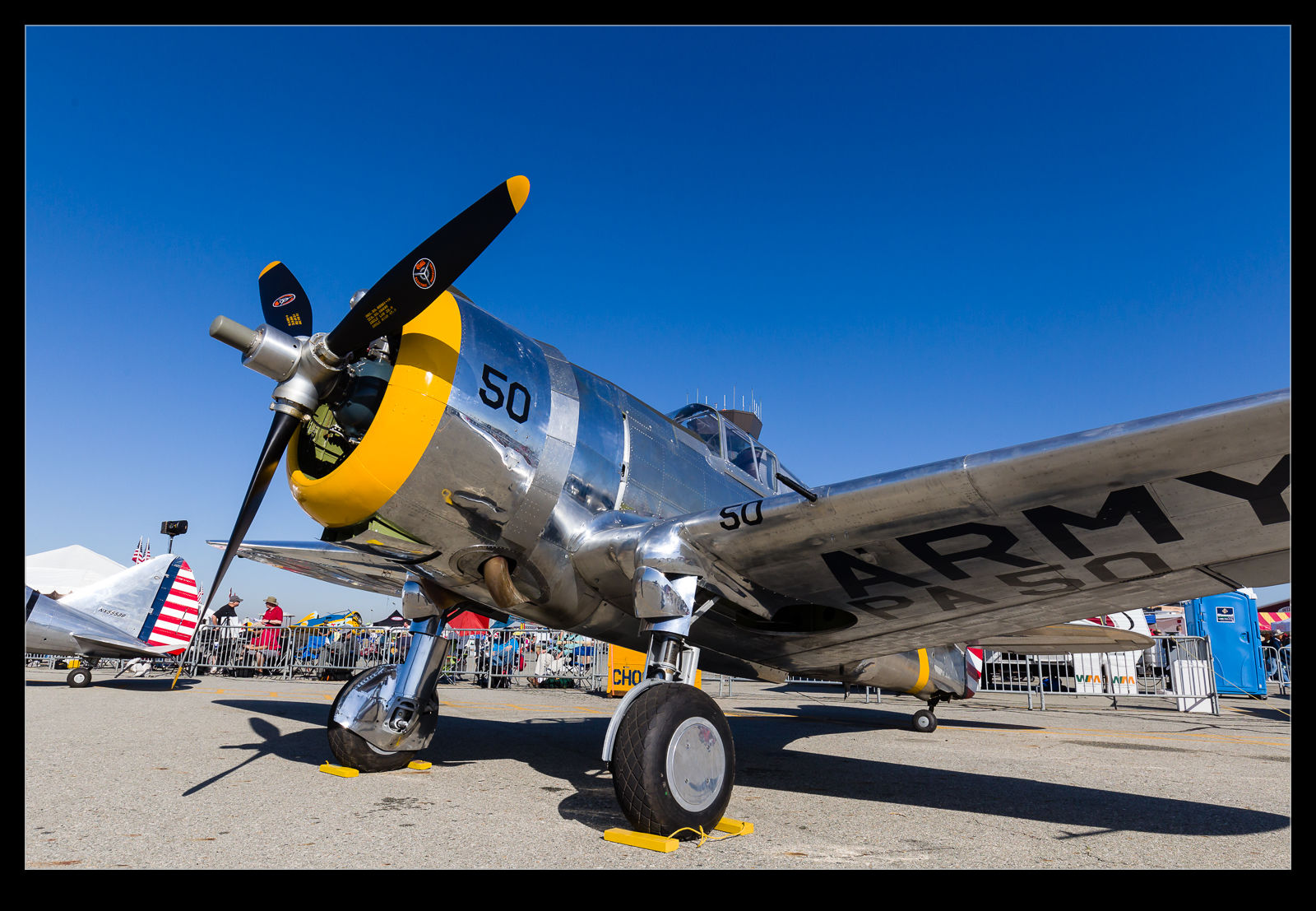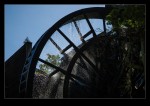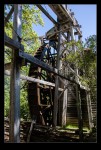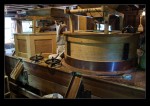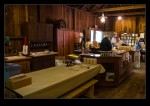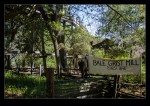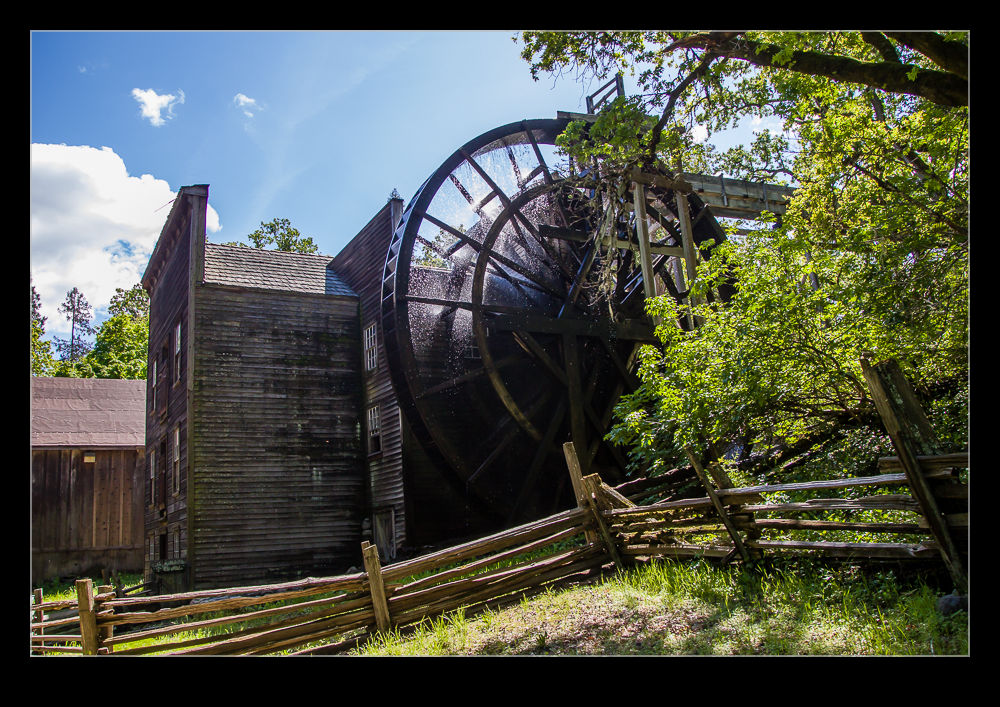 Sometimes you find yourself doing something that you hadn’t planned but that turns out to be far more interesting than you had envisaged. That is certainly the case with Bale Grist Mill. We were taking a day trip up to Napa Valley with my Mum while she was staying. As we drove down towards St Helena, Nancy remembered seeing something about this place so, as we came upon it, we decided to stop in and have a look around.
Sometimes you find yourself doing something that you hadn’t planned but that turns out to be far more interesting than you had envisaged. That is certainly the case with Bale Grist Mill. We were taking a day trip up to Napa Valley with my Mum while she was staying. As we drove down towards St Helena, Nancy remembered seeing something about this place so, as we came upon it, we decided to stop in and have a look around.
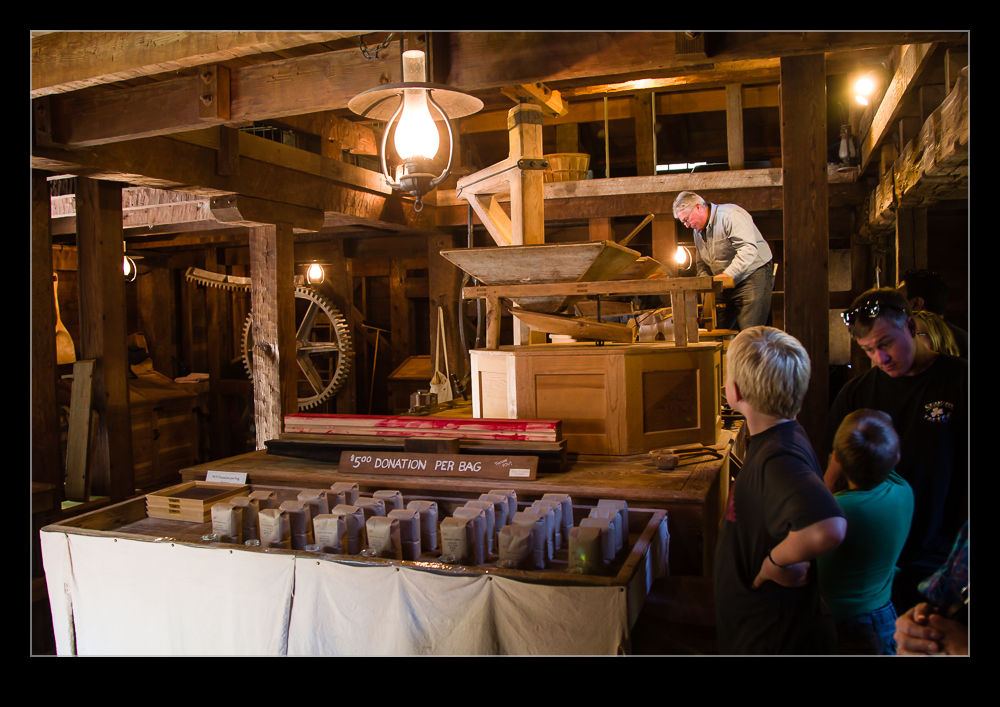 It is a restored water mill that is used for grinding wheat and corn. It is a state park controlled location with a great selection of volunteers helping to keep the place working. The mill wheel is a huge affair fed by an aqueduct that used to come from the mill ponds up the hill. Now they are under someone else’s control so the aqueduct has been shorted and they feed it with water in a continuous cycle. Not quite the same thing but nothing to complain about.
It is a restored water mill that is used for grinding wheat and corn. It is a state park controlled location with a great selection of volunteers helping to keep the place working. The mill wheel is a huge affair fed by an aqueduct that used to come from the mill ponds up the hill. Now they are under someone else’s control so the aqueduct has been shorted and they feed it with water in a continuous cycle. Not quite the same thing but nothing to complain about.
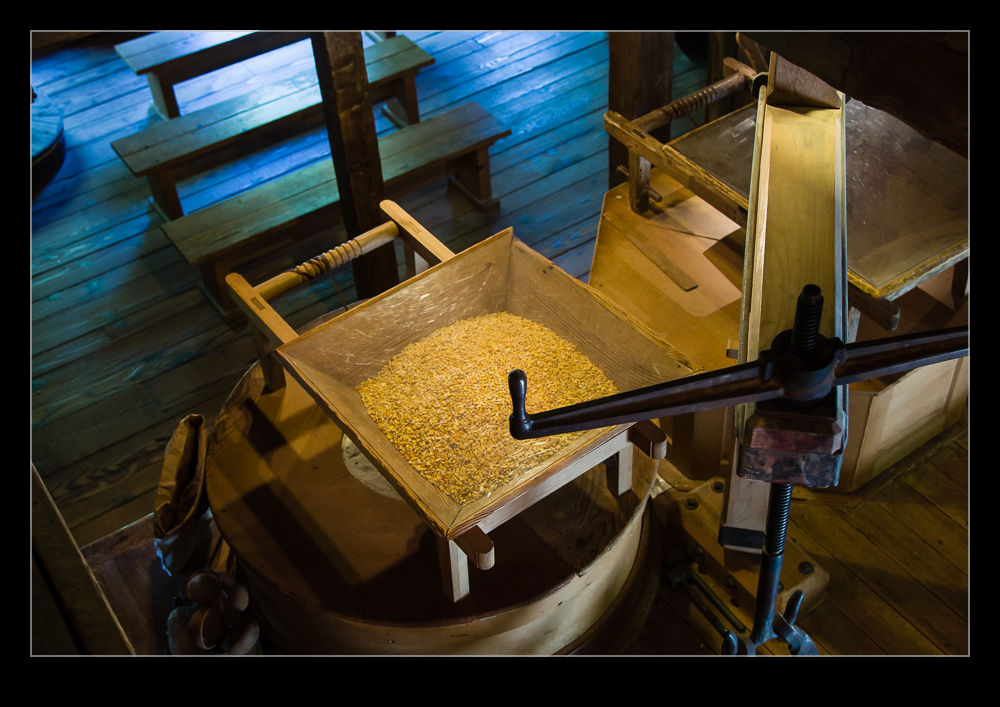 Inside the mill, they give a great tour explaining the history of the mill itself and the guy it is named for. They demonstrate how the farmers’ crop would be delivered and the processes it would go through to clean it, grind it and then hand it back to the farmer. All of this culminates in a live demonstration of the grinding process. The mill wheel drives a series of belts and gear throughout the mill that control all of the processes whether it is the cleaning of the grain, the grinding, the elevators to move it around or the sifting that separates the different grades of milled product. You get to see them grind some corn (as it was when we were there) and adjust the stones to get just the right texture of product.
Inside the mill, they give a great tour explaining the history of the mill itself and the guy it is named for. They demonstrate how the farmers’ crop would be delivered and the processes it would go through to clean it, grind it and then hand it back to the farmer. All of this culminates in a live demonstration of the grinding process. The mill wheel drives a series of belts and gear throughout the mill that control all of the processes whether it is the cleaning of the grain, the grinding, the elevators to move it around or the sifting that separates the different grades of milled product. You get to see them grind some corn (as it was when we were there) and adjust the stones to get just the right texture of product.
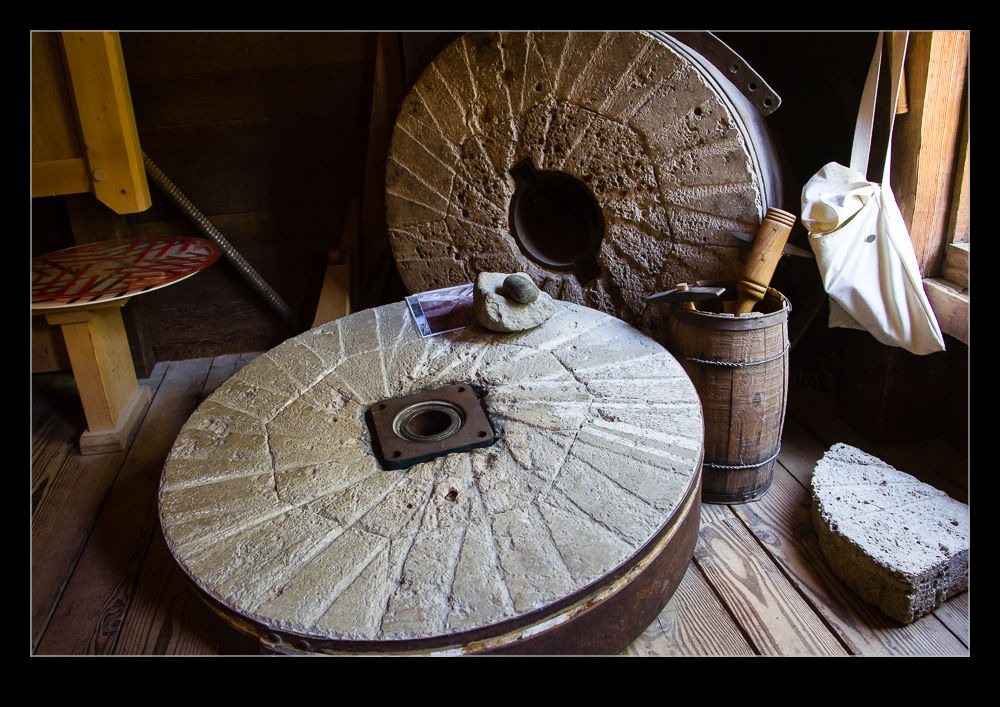 Interestingly, while they sell the flour or polenta in the mill, they mark it as not fit for human consumption. Since there is bare wood in the process rather than stainless steel everywhere and they let public members watch it being ground, they do not conform to the food hygiene laws. Therefore, they cannot sell it as food. That does not, of course, stop you from using it as food. We bought some flour which has made some excellent bread. The volunteers all eat it too so you can make your own choice if you visit.
Interestingly, while they sell the flour or polenta in the mill, they mark it as not fit for human consumption. Since there is bare wood in the process rather than stainless steel everywhere and they let public members watch it being ground, they do not conform to the food hygiene laws. Therefore, they cannot sell it as food. That does not, of course, stop you from using it as food. We bought some flour which has made some excellent bread. The volunteers all eat it too so you can make your own choice if you visit.
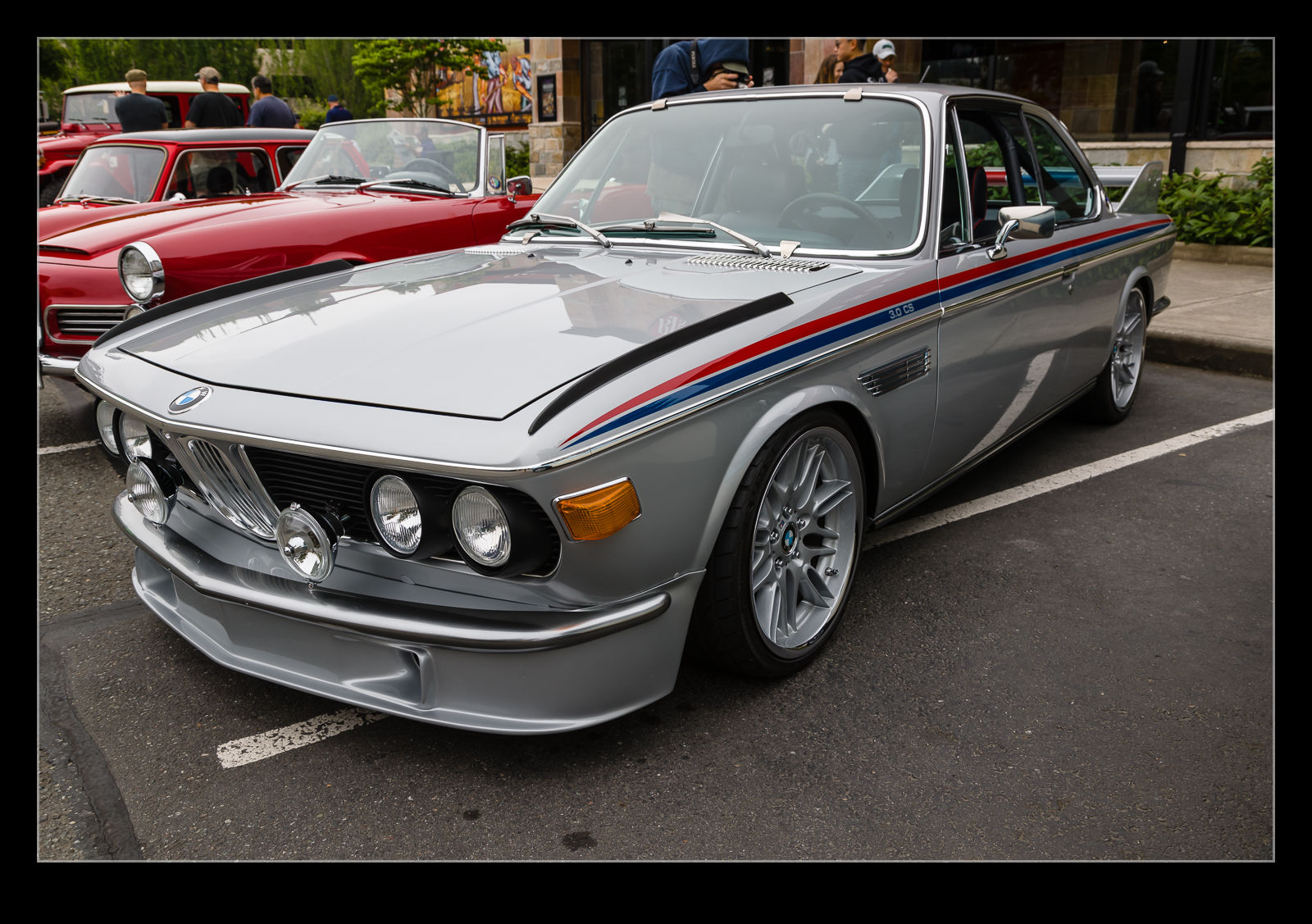 My visits to Exotics@RTC provide an interesting mix of different vehicles. On one Saturday morning, there were a few older BMWs on display. I have never been particularly interested in owning BMWs but the old ones catch my eye, probably more for nostalgia than anything else. The simplicity of them compared to the modern vehicles is striking. The hard edges, the bumpers, the sparse interiors – it is so far from what you get now.
My visits to Exotics@RTC provide an interesting mix of different vehicles. On one Saturday morning, there were a few older BMWs on display. I have never been particularly interested in owning BMWs but the old ones catch my eye, probably more for nostalgia than anything else. The simplicity of them compared to the modern vehicles is striking. The hard edges, the bumpers, the sparse interiors – it is so far from what you get now.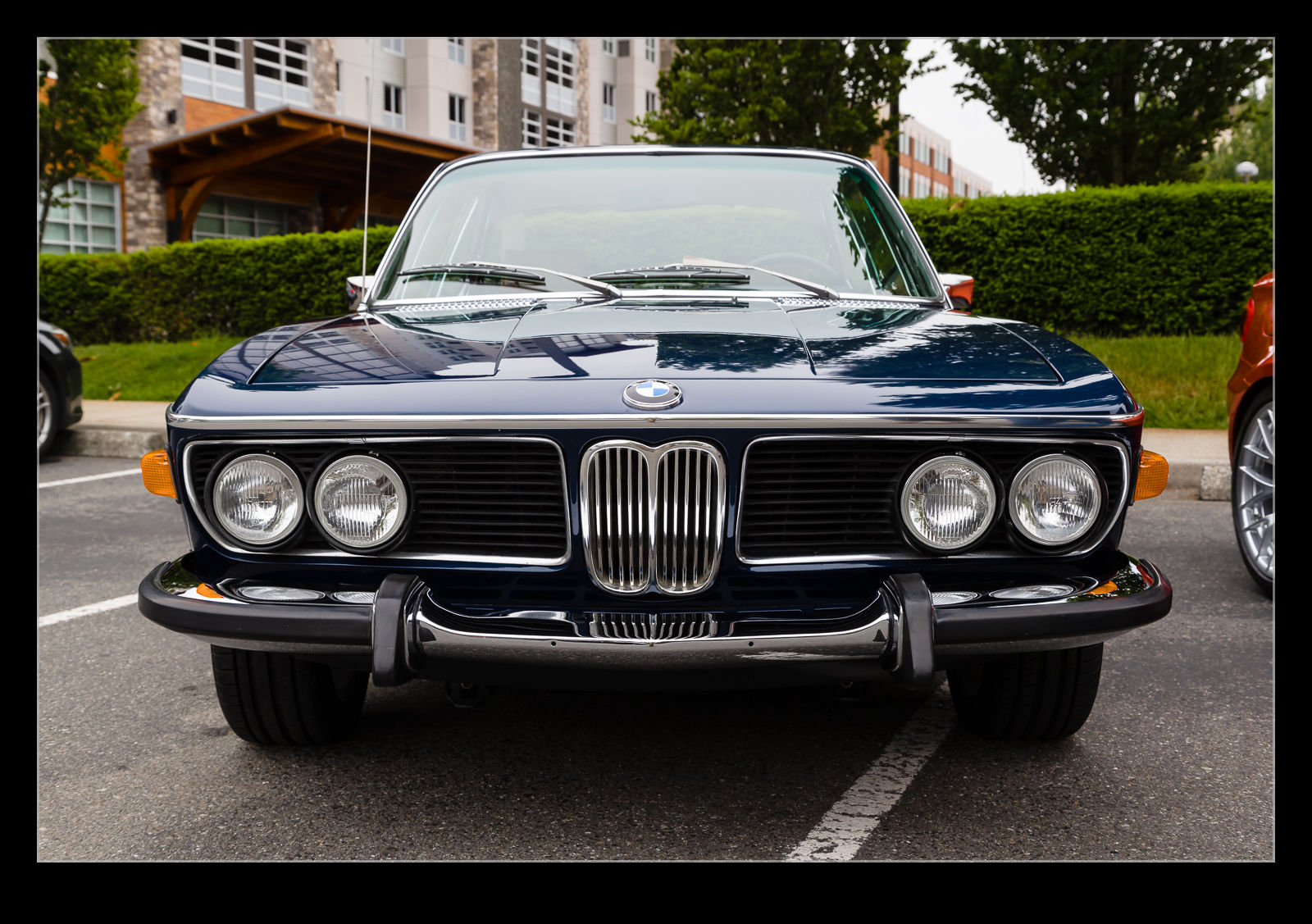 Of particular interest was a racing 6 Series coupe. This was tricked out with all the normal accoutrements of a racing car of that vintage but it looks positively gentile compared to a modern racing car. The details in the rear wing were very cool and the finishes looked very well taken care of. I wouldn’t say it was a good looking car but it was definitely noteworthy.
Of particular interest was a racing 6 Series coupe. This was tricked out with all the normal accoutrements of a racing car of that vintage but it looks positively gentile compared to a modern racing car. The details in the rear wing were very cool and the finishes looked very well taken care of. I wouldn’t say it was a good looking car but it was definitely noteworthy.